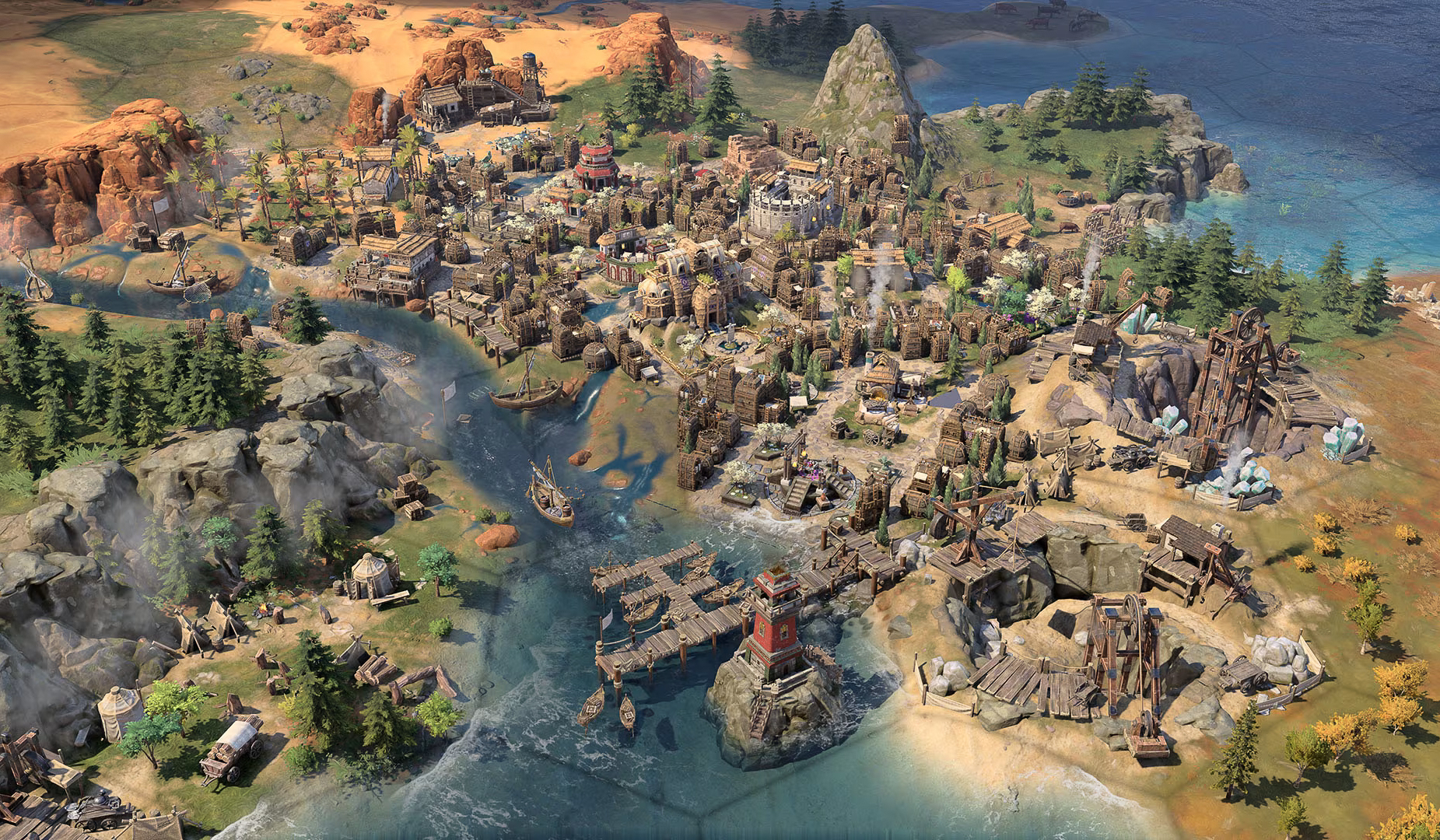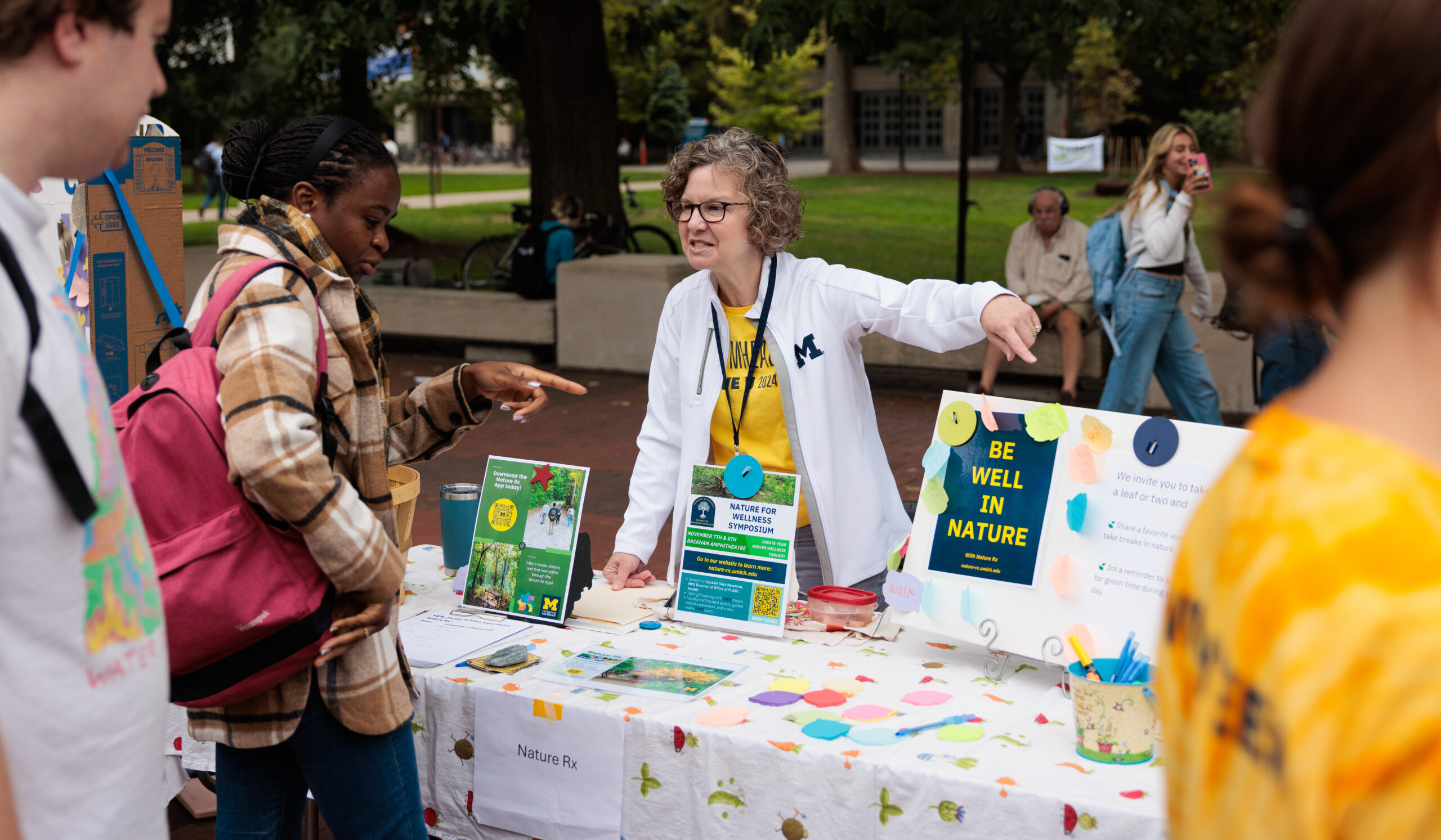On the 50th anniversary of the Apollo 15 mission, with its all-UM astronaut crew (see “Rocket Men“), Michigan Alumnus asked Patrick McNally, ’80, MSE’81, to share his thoughts on the mission’s legacy and the experience of meeting one of the crew members. McNally is the managing director of U-M’s Space Physics Research Laboratory, which designs, constructs, tests, operates, and analyzes data from space flight instruments.
In 1971, I watched astronaut David Scott, 1949-50, HDAS’71, drive the first Lunar Roving Vehicle on the moon, with astronaut James Irwin, MSE’57, HSCD’71, at his side, and astronaut Al Worden, MSE’63, HDAS’71, circling above in lunar orbit.
Five years after the Apollo 15 mission, I was sitting in Chrysler Center on North Campus listening to the engineering department chairs pitch their specific programs to students. The Aerospace Department chair, Professor Harm Buning, took the podium and said, “Aero engineers have the most fun! We send rockets to the moon and beyond!” That day, I declared my major.
Little did I know how important the legacy of the Apollo 15 mission would be on my career. One of my earliest jobs was at KMS Fusion, an Ann Arbor company founded by a U-M professor, where I worked with colleagues who had developed the science experiments deployed by the Apollo 15 crew. KMS had acquired the Bendix Aerospace instrument group in Ann Arbor, where many U-M aero alums worked developing the thermal vacuum chamber for testing the Lunar Rover prototype, an early model for the vehicle Scott would drive. Professor Alec Gallimore, now the dean of the College of Engineering, transformed that huge vacuum chamber in 1992 into the Plasmadynamics & Electric Propulsion Laboratory at U-M. To this day, it serves as the lab where the next generation of electric rocket engines are developed.
In January 2020, in Orlando, Florida, I had the pleasure of meeting astronaut Scott at AIAA SciTech, a global aerospace event. Scott and the chief designer of the lunar landing test vehicle spoke to a capacity crowd on the subtleties of landing on the moon when a student asked a very important question. “Will astronaut Scott attend the University of Michigan alumni reception after his panel?” Though he refused to publicly commit, much to the disappointment of all the U-M alumni in the audience, I approached him afterward.
“Is it true that Professor Buning taught you the mechanics of flying in space?” I asked Scott. “Absolutely! He was fantastic!” Scott responded. For the next few minutes, we exchanged stories and laughs about Buning and U-M. I then pressed him to attend the alumni reception, and he finally agreed. After he spoke a few words to the packed banquet room filled with U-M aero alums, faculty, and students, we all shouted in unison, “Go Blue!”
This is the nature of aerospace engineers. We use the past and build the future. U-M’s Space Physics Research Laboratory, where I worked as an undergraduate, is currently celebrating 75 years of putting instruments in space, including two contributions on the Mars Perseverance Rover. We are researching methods to protect future astronauts from space radiation and will return to the moon soon with new scientific instruments. The Michigan Space Institute, established this year, will coordinate and lead efforts at the University for an even bigger and broader space impact in the future.
As we go forward, the eyes and ears of U-M scientists will go with our instruments. Our path will be propelled and guided by the rockets and systems developed by U-M engineers. And the footsteps and tire tracks we leave again on the moon, and then Mars, will be left by Wolverines.
Patrick J. McNally is the managing director of U-M’s Space Physics Research Laboratory.





